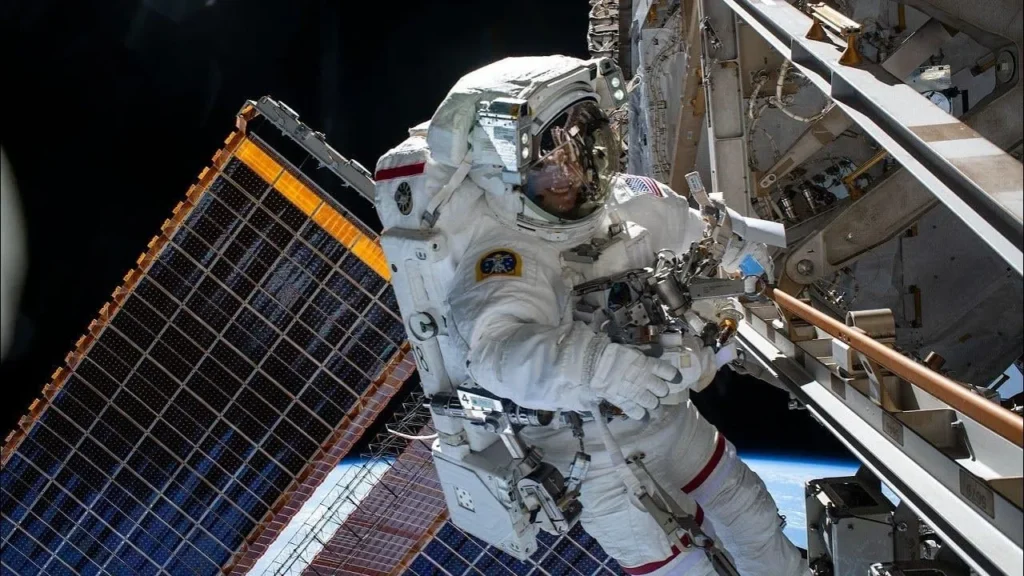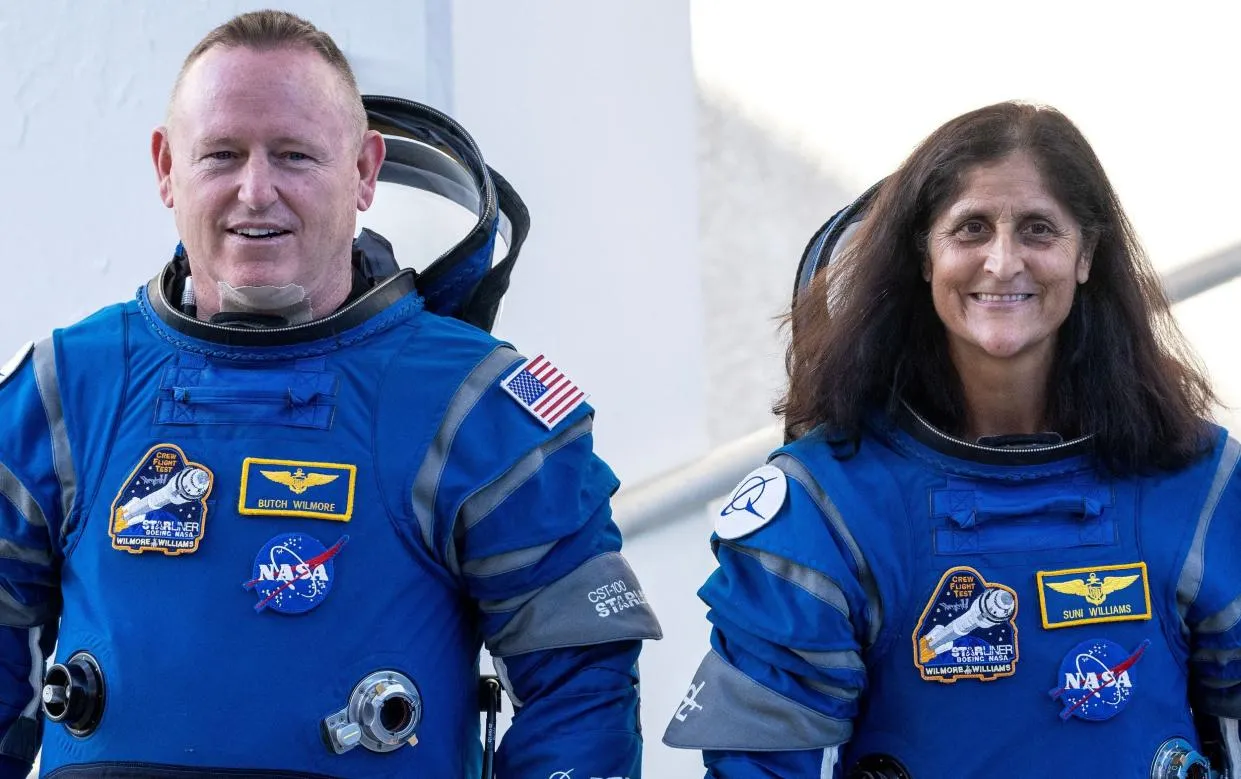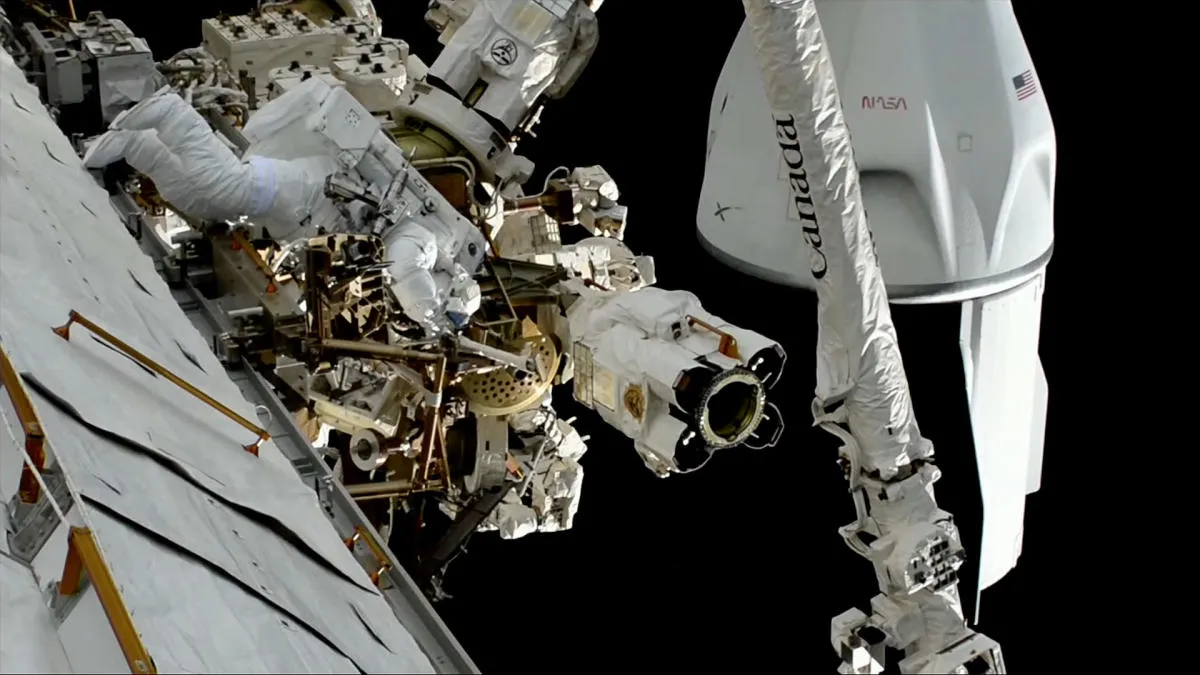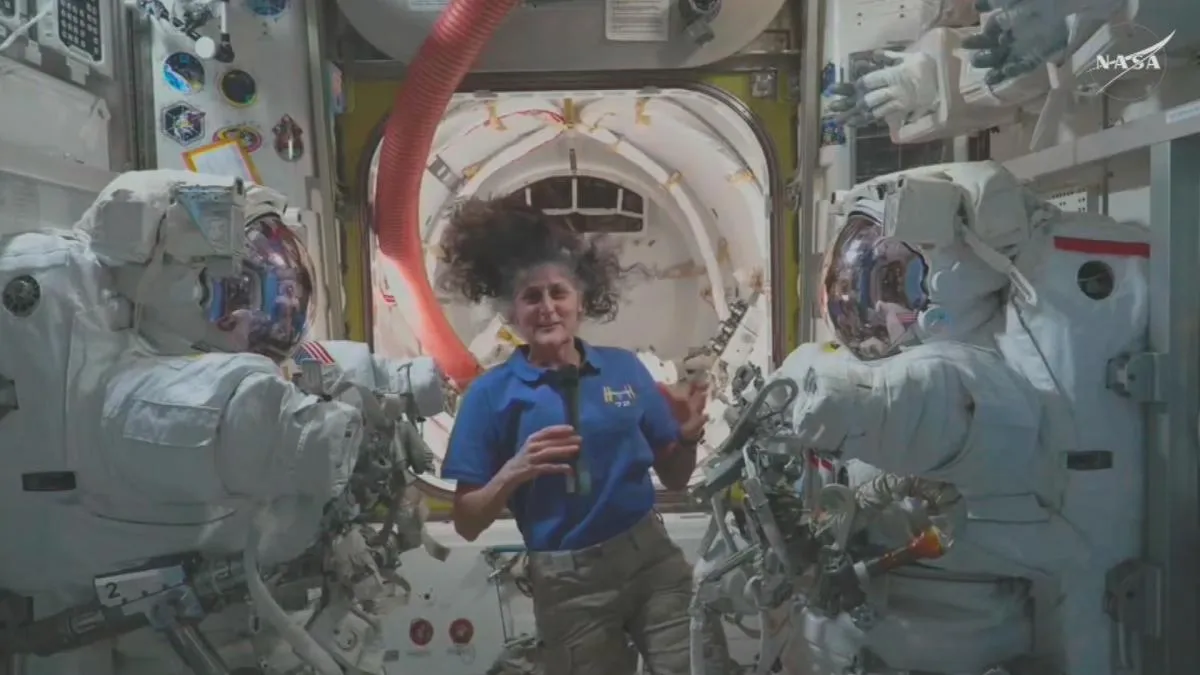
In a display of resilience and teamwork, NASA astronauts Suni Williams and Butch Wilmore embarked on a critical spacewalk on January 30, 2025, marking their first joint extravehicular activity since their extended stay began at the International Space Station (ISS) eight months prior. The duo, both retired Navy captains and seasoned space explorers, faced a daunting task as they floated 260 miles above Earth, aiming to remove a malfunctioning antenna and investigate the presence of microbial life clinging to the exterior of the station.

The High Stakes of Space Maintenance
The spacewalk, closely monitored by NASA Mission Control, took an unexpected turn when Williams and Wilmore encountered significant difficulty with the stubborn antenna. “It’s not budging,” reported Wilmore during the operation, underscoring the challenges that can arise in the zero-gravity environment of space. In response to the issue, Mission Control made the strategic decision to cancel all other scheduled tasks, highlighting the critical nature of the antenna’s removal.
Extended Mission: From Routine Operation to Prolonged Endeavor
Originally slated for only a week-long mission in June 2024, Williams and Wilmore’s stay was prolonged due to complications with their designated ride home, Boeing’s Starliner capsule. Technical issues led NASA to send the capsule back to Earth unmanned, necessitating an extended stay for the astronauts until SpaceX could facilitate their return. This unexpected extension has not only tested their resilience but also demonstrated the complexities of space travel logistics.

The Personal Touch: From Navy Captains to Space Pioneers
Both astronauts have a rich history of service and space exploration. Before their current mission, Williams and Wilmore had completed multiple spacewalks during their previous assignments on the ISS. Their extensive experience has been vital in managing the unforeseen challenges of this mission.
As they continue their extended stay aboard the ISS, waiting for their journey back to Earth scheduled for late March or early April 2025, the dedication of Williams and Wilmore stands as a testament to the human spirit’s capacity to adapt and thrive in the most daunting of environments.

This mission highlights not only the personal achievements of the astronauts involved but also the broader scientific endeavors facilitated by human spaceflight. The removal of the antenna and the search for microbes are part of ongoing research efforts to understand how various technologies and biological entities react to the harsh conditions of space. Such endeavors are crucial for the future of space exploration, particularly for long-duration missions and the possibility of human colonization of other planets.
